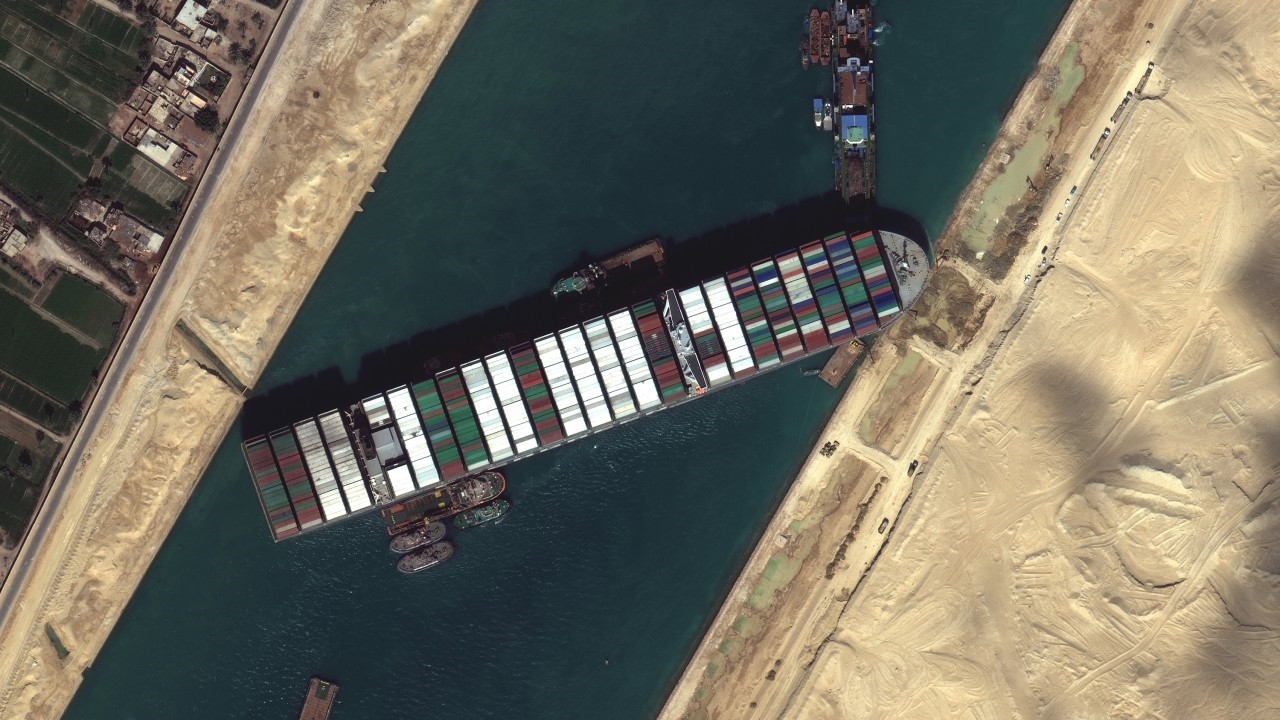 Blockages are not only found in the Suez Canal; Microfluidic channels too can get blocked. Granted the scale is not quite the same*, but unblocking a microfluidic channel can be just as difficult as getting that ship out of the Canal (we think– we’ve actually never tried to unstuck a ship)
Blockages are not only found in the Suez Canal; Microfluidic channels too can get blocked. Granted the scale is not quite the same*, but unblocking a microfluidic channel can be just as difficult as getting that ship out of the Canal (we think– we’ve actually never tried to unstuck a ship)
The air surrounding us is full of particles. Let’s take a typical office environment: In each cubic centimeter of air, there are 10 to 50 particles with a diameter greater than 5 microns. Even if you are extremely careful, sooner or later some of these particles will land near your microfluidic set-up and if they travel through its microfluidic channels, they may block it. Further, your samples may contain particles, bacteria, or other entities whose size approach that of the microfluidic channel cross section. So yes, unfortunately Microfluidic channels do get blocked.
Cleaning a blocked channel can be very difficult, or impossible in some cases.
If you do have a blocked microfluidic chip, try the following:
- Reverse the flow. Pump filtered deionized water backward through your microfluidic device. This is often the best way to unblock a microfluidic channel. If this does not work,
- Place your chip in a dish of soapy lukewarm water and let it sit in this solution for an hour or so, and then try again to flow filtered deionized water backward.
Still no success? You may be able to dissolve the blockage by placing your chip in a mild solvent such as isopropanol, and there may be a specific solvent that is most appropriate to dissolve blockage formed by your sample, but be careful there are risks associated with this procedure: If your microfluidic chip is equipped with connectors, they may be attacked by the solvent, or the bonding agent used to attach the connectors to the glass chip may fail. So this should be tried only if the other approaches fail.
Should the connectors fail, we may be able to attach new ones for a modest fee. Contact us and we will see what we can do for you. Please note that there is no guarantee that we can unblock the channels.
Once the channel is unblocked (or prior to having it get blocked), we recommend:
- Creating a clean room or filtered air environment around your setup.
- Filtering your fluids through micro filters to remove large particles. The filter should have pores with diameter no larger than one-fifth of the channel narrowest dimensions.
- Flow filtered deionized water backward through your microfluidic device prior to starting your experiment.
- Once you are done, flow filtered deionized water through your microfluidic device to flush any residual sample.
- Seal the microfluidic channel ports when not in use.
* For the nerds among us, a typical microfluidic chip has an internal volume of about 10-3 cm3. In comparison the Evergreen ship (length 400m, width 60m, height from keel to main deck 33m) has an internal volume approaching 1012 cm3.
